Florida history: Tallahassee's brush with public enemy No. 1 | David Brand
- Oops!Something went wrong.Please try again later.
On Jan. 16, 1935, FBI agents engaged in an epic six-hour gunfight with Kate “Ma” Barker and her son Fred in tiny Ocklawaha, Florida, effectively ending the criminal reign of the infamous Ma Barker crime family and ultimately resulting in Tallahassee’s brush with Public Enemy No. 1.
At the height of the J. Edgar Hoover “Public Enemy No. 1” heyday, FBI agents tracked down notorious bank robbers and kidnappers Ma and her son Fred, to Ocklawaha, a sleepy little hamlet on the banks of Lake Weir in Marion County, Florida. There was no quick arrest.
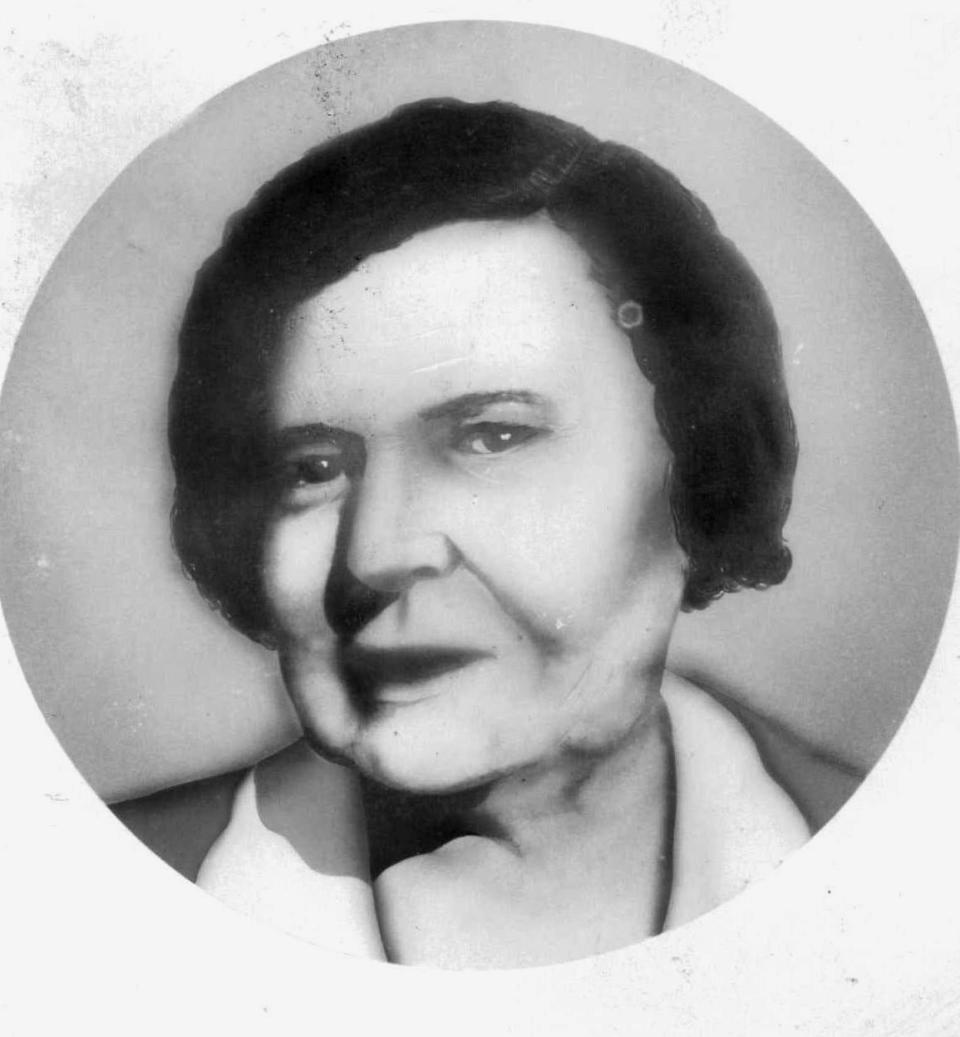
After approaching the rented house on Jan. 16, 1935, at 5 a.m., and making their presence known, a gun battle ensued until 11 a.m. When the dust cleared, the two suspects had been killed resulting in the longest shootout in FBI history.
Last of an era:Tallahassee music venue known for its history, blues music and fried catfish set to close
A crime family develops
Ma Barker was born Arizona Clark in Ash Grove, Missouri, in 1873. In 1892 she married George Barker and the couple had four sons: Herman (1893-1927), Lloyd (1897-1949), Arthur (1899-1939), and Fred (1901-1935).
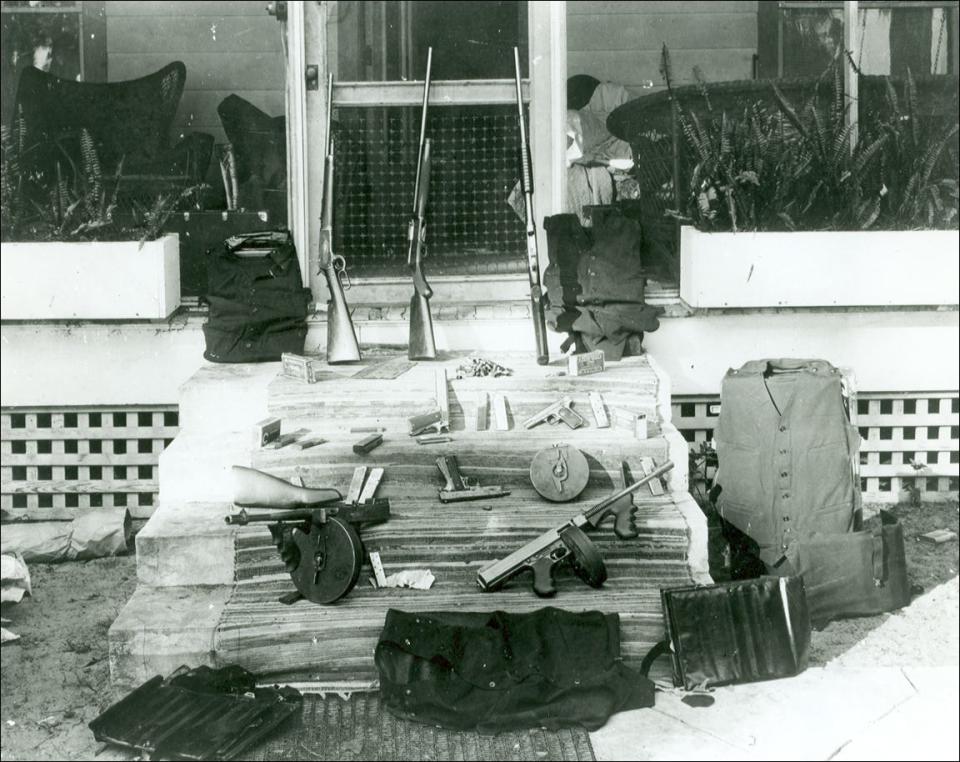
Her sons became involved in crimes that evolved into robbery and murder. Herman died in 1927 in Wichita, Kansas, after a robbery and murder of a police officer. He killed himself to avoid arrest after being seriously wounded.
In 1928, Lloyd was incarcerated in the federal penitentiary in Leavenworth, Kansas. Arthur was in the Oklahoma State Prison, and Fred was in the Kansas State Prison. At some time during this period, George, the father, left the family. He was later buried in Oklahoma in 1941 when he died of natural causes.
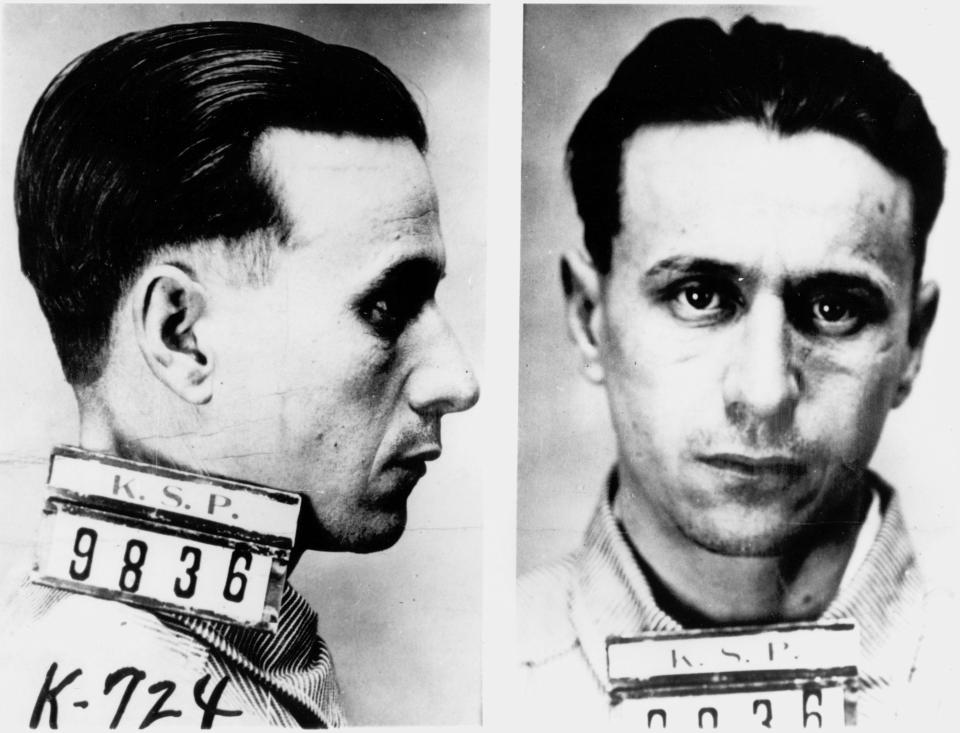
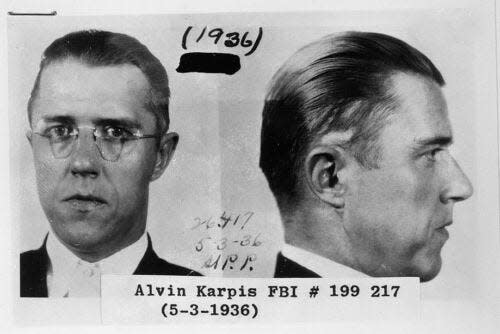
Chasing Public Enemy No. 1
Fred Barker was released from prison in 1931. He had become acquainted with Alvin Karpis, another inmate, while serving time in Kansas. After their release, they were arrested for jewelry theft that same year. On Nov. 8, 1931, they encountered Night Marshal Manley Jackson in Pocahontas, Missouri, who they took hostage and later murdered.
During a series of robberies, Barker and Karpis killed Sheriff C. Roy Kelly in West Plains, Missouri, on Dec. 19, 1931, and fled the area along with Ma. Arthur Barker was released from prison in 1932 and joined the gang.

While continuing with their robberies, the gang moved into the big time in June, 1933, when they kidnapped William Hamm, heir to the Hamm Brewery in Minnesota. After receiving a $100,000.00 ransom, he was released safely. In January, 1934, they kidnapped Edward Bremer, a bank president and son of Adolf Bremer, the president of the Jacob Schmidt Brewing Company, receiving a $200,000 ransom.

This was the equivalent of about $4,360,000 today. The Bremer family was connected to President Franklin D. Roosevelt who soon brought the Justice Department in to investigate. George “Shotgun” Ziegler, a member of the gang who had been instrumental in planning the Bremer kidnapping, began bragging about the kidnapping. He was shot to death as he came out of a restaurant in Cicero, Illinois, on March 22, 1934. Justice Department agents found names, addresses, and other valuable information in his pockets.
The longest shootout
On Jan. 8, 1935, agents led by Melvin Purvis captured Arthur Barker in Chicago. He had in his possession a map of Florida with Lake Weir, near Ocala, circled. This led agents to the tiny village of Ocklawaha and eventually to the rented house occupied by Ma and Fred Barker at 13250 East Highway C-25.
Around 5 a.m. on Jan. 16, agents led by Agent Earl Connelly, surrounded the house. After making his presence known, Agent Connelly told the occupants that if they came out no one would be hurt. Ma Barker shouted out “Well, go ahead!” Tear gas was fired into the residence and gunfire was returned.
Agents and the occupants shot at each other over the course of the next six hours with reportedly anywhere from 950-1,500 rounds being exchanged. By all accounts, it was a slow gunfight with sporadic firing. Finally, around noon, agents entered the house and found Ma and Fred both dead. Agents found machine guns, rifles, pistols, and $14,293 in cash.
The story doesn’t end there
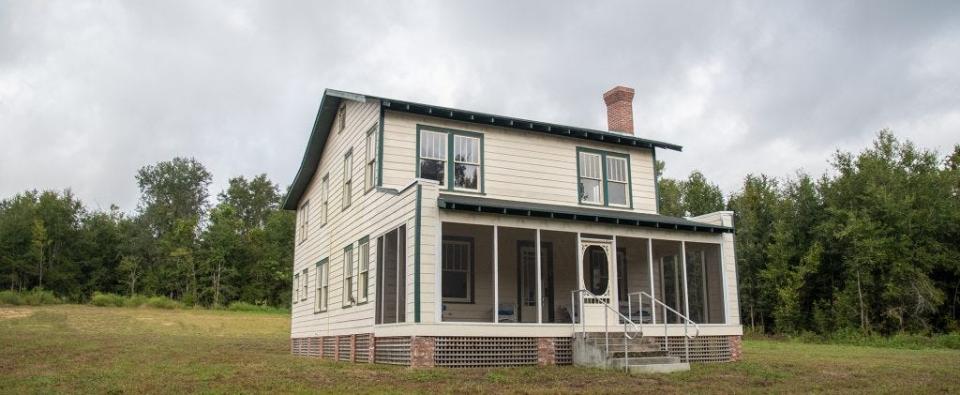
Alvin Karpis was eventually captured and sent to Alcatraz but not before he had squirreled away untold sums of money in different banks. He was released on parole in 1969, wrote a book, and moved to Spain. He died on Aug. 26, 1979, in Spain of either an overdose of sleeping pills or natural causes, depending on different accounts.
The bodies of Ma and Fred were taken to Sam Pyle’s Funeral Home in Ocala by undertaker Harold Martin. The bodies were embalmed and put on display in the funeral home for the next eight months. The high volume of curious viewers wore the carpet out.
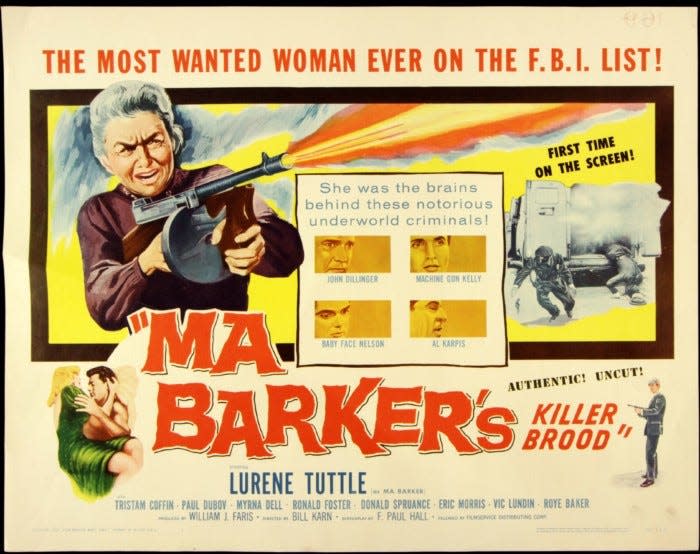
After being on public display, arrangements were made by a Joplin, Missouri, attorney named Claude Kenney to bury their remains in the Timber Hill cemetery near the Oklahoma town of Miami. While enroute to Oklahoma, the hearse stopped in Tallahassee on Sept. 25, 1935. The driver boasted that he had a couple of real bandits with him. “Oh, don’t worry,” he continued, “they’re dead.”
The house where the shootout occurred was moved to the Carney Island Recreation Area, at Lake Weir, in 2018. It is now a museum.
And so, while we have been visited by presidents, celebrities, and a serial killer, that was our brush with a depression era Public Enemy No. 1.
David Brand, Law Enforcement Coordinator of the Florida Sheriffs Association, is an occasional guest columnist for the Tallahassee Democrat and lives in St. Teresa.
This article originally appeared on Tallahassee Democrat: Tallahassee's brush with public enemy No. 1 is a part of Florida history

